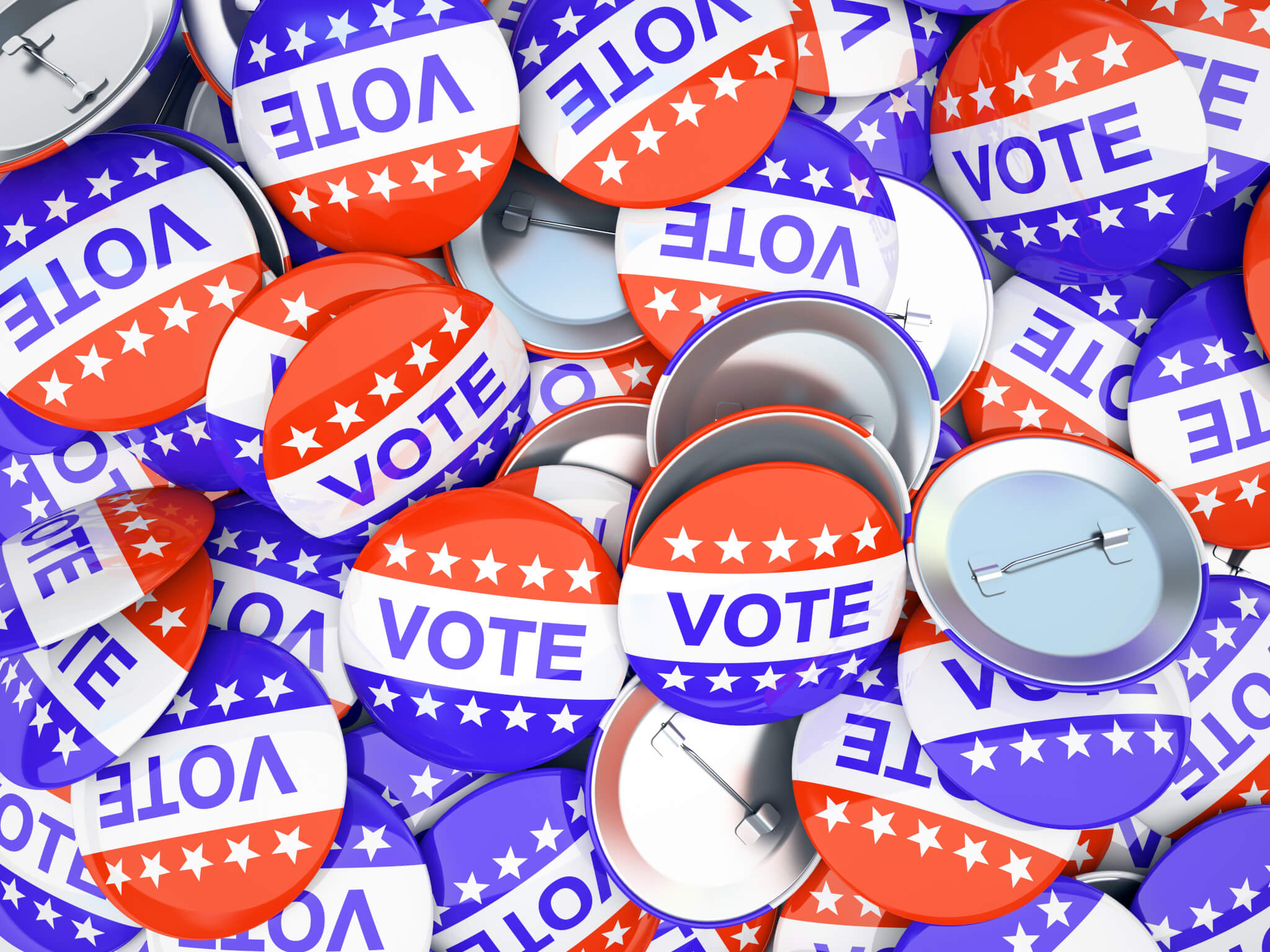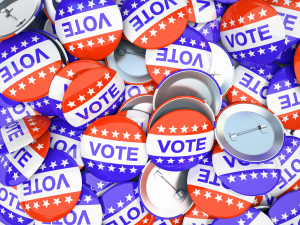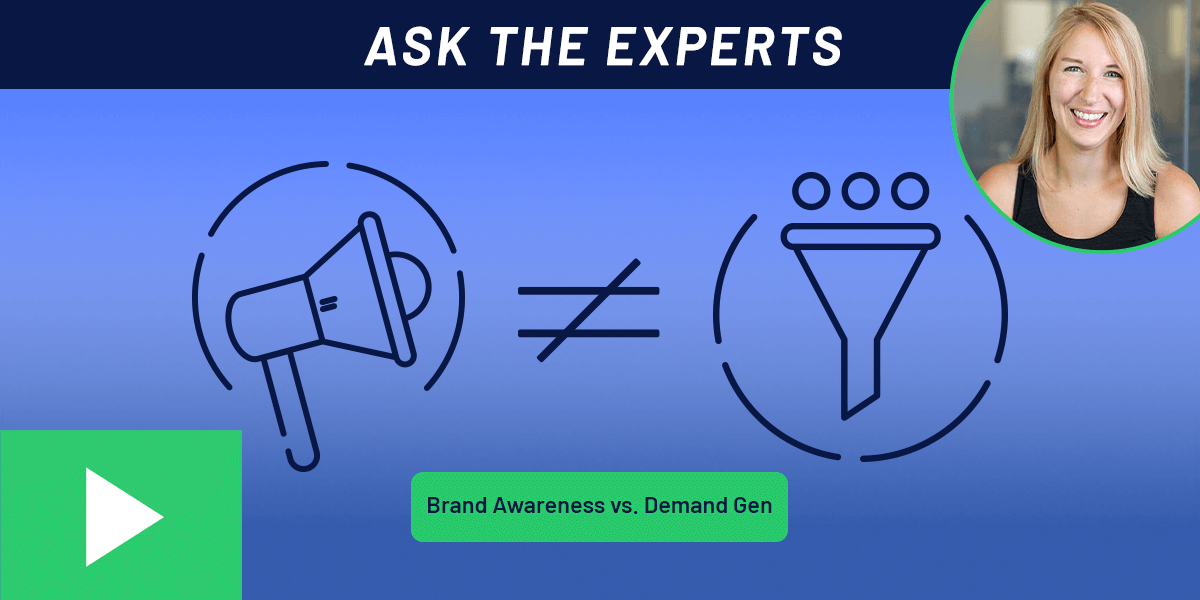

To some of us, however, what happens between now and then is just as interesting as voting day itself. Who doesn’t enjoy sitting on the sidelines and watching a good, old-fashioned, knock-down, drag-out presidential campaign, especially in this digital day and age?
The candidates may be crisscrossing the country on what seems like an endless campaign trail, but they are also sharing news and opinion, commentary, quips and barbs across the social media landscape as well, especially on Twitter.
If you ask me, no matter how they feel about gun control, homeland security, healthcare or the economy — whether they lean to the left or to the right — all of them are getting the job done in 140 characters or less. In fact, in many cases they’re taking businesses and brands to school. Even if you don’t agree with their politics, you could probably learn a thing or two from following them here.
Here are 10 ways all the presidential candidates are winning on Twitter, each and every one of them a lesson for those vying for more votes of confidence from their own constituents on this channel…
1. Opinions
Opinions are like noses. Everybody’s got one. But not necessarily on Twitter. Seriously, businesses, brands and corporate executives are all too often afraid to share how they feel online. Yet that’s how they’re going to gain the most traction. Toeing the line is boring. Your followers want to know what you think. And the presidential candidates know it. They pull no punches when it comes to their points of view. And that’s putting it mildly.
Example: Bernie Sanders
It is absurd that corporations are allowed to make a profit by building more jails and keeping more Americans behind bars.
— Bernie Sanders (@SenSanders) November 25, 2015
2. Immediacy
When you’re running for office, every second counts. And honestly, it should be no different for those who are running a business. Every presidential candidate realizes he or she can’t afford to miss a beat. They’re on the clock, practically 24/7. Their tweets are a reflection of what’s happening in their world almost up to the minute. Brands should take note. Real time is big time when it comes to success on Twitter.
Example: Chris Christie
Check out the front page of the New Hampshire Sunday News. Thank you for the support @UnionLeader #FITN pic.twitter.com/0wu3lyyfJY
— Chris Christie (@ChrisChristie) November 29, 2015
3. Variety
If you’re a one trick pony on social media, you’re going to get nowhere fast. And in the race for president, the candidates – and the teams behind them – know it. Their tweets stand in stark contrast to the verbiage they dispense in person. Their streams are far from a monotonous barrage of the same old, same old. They’re as varied as possible, full of candid pictures, customized graphics and short video clips pulled together especially for this channel.
Example: Martin O’Malley
What are you thankful for? #Thanksgiving pic.twitter.com/3ffHb7B893
— Martin O'Malley (@MartinOMalley) November 26, 2015
4. Audience
In direct mail, the industry in which I earned my livelihood for so many years, the axiom was that a bad offer to a good list performs better than a good offer to a bad list. Same goes for social media. You could be sharing the best content in the world, but if you don’t have an audience, what you have to say is moot. The more people following you, the better the chance of your voice actually being heard. Except for Jim Gilmore, who surprisingly has less than 3,000 followers, each of the presidential candidates has an incredibly large number of followers, from George Pataki’s just under 100 thousand to @therealdonaldtrump’s over five million.
Example: Marco Rubio
Our new ad is about my father and the sacrifices he made to provide for our family. https://t.co/9QTKop2OhN WATCH:
https://t.co/KenZEHVFSX
— Marco Rubio (@marcorubio) November 24, 2015
5. Creativity
Too many accounts on Twitter are either afraid to step out of line or downright incapable of thinking out of the box. Watching what they tweet about is like watching paint dry. Not that all the presidential candidates are completely innocent in this category, but by and large they’re creative and clever, willing and able to mix it up every once in a while.
Example: Ben Carson
Make sure to catch all the behind-the-scenes moments by following me on @Snapchat! pic.twitter.com/VFh4ZQZNcU
— Dr. Ben Carson (@RealBenCarson) November 21, 2015
6. Authenticity
Those who want to be elected the 45th president of the United States in 2016 are nothing if not themselves. Even though their goals and objectives are surprisingly similar, each and every one of them is the genuine article, their own man or woman through and through. Whether they’re delivering a big speech or sharing a few words to a few thousand followers on Twitter, there’s no mistaking who’s who among them, and for what they stand. Which is how it should be for anyone on this channel.
Example: Jeb Bush
These men and women are the future of our nation. As commander-in-chief, I’ll have their back.
https://t.co/17FOLlw9re
— Jeb Bush (@JebBush) November 20, 2015
7. Pictures
The writer in me hates to admit this, but it’s true; still and moving pictures tend to increase your engagement rates. Yup, it’s not all about the words. What you say is important, of course, but what you show counts even more. Just ask the presidential candidates. They know the value of an opportune photo op. They know a picture is worth a thousand words.
Example: Mike Huckabee
Had a blast playing "Pride of America" w/ my good friend & extraordinary talent @AylaBrown #imwithhuck pic.twitter.com/ITxETBOEIP
— Gov. Mike Huckabee (@GovMikeHuckabee) October 16, 2015
8. Relentlessness
One of the biggest mistakes made on Twitter is not realizing just how much time you have to spend on the channel in order to succeed there. Tweeting once or twice, even three times a day is probably not going to get the job done. Unless you’re a celebrity or a household name, you have to work hard for the attention. Follow the lead of the presidential candidates, who in many cases are household names yet tweet like there’s no tomorrow.
Example: Donald Trump
Sarasota was an unbelievable success. We expected 5,000, a record, but 12,000 showed up! Great love in the air! pic.twitter.com/utmlCpGNGu
— Donald J. Trump (@realDonaldTrump) November 28, 2015
9. Engagement
Another way that so many in the corporate world drop the ball on this channel is to miss the opportunity, unintentionally or not, to have a conversation with their followers on this channel. In underestimating the importance of a reply, share or like, they’re failing to close the loop between themselves and their audience. For the presidential candidates, engagement with constituents is even more important. That’s why they not only shake so many hands in real life, but also acknowledge as many followers as possible on Twitter.
Example: Ted Cruz
Thank you. Glad you liked it! https://t.co/9bCFbgAIvK
— Ted Cruz (@tedcruz) November 27, 2015
10. Newsjacking
Something like this is easy for this bunch. Wake up. Look at the calendar. Turn on the TV. Tweet about what’s trending. In many cases, you are the news when you’re running for the highest office in the land. But anybody has the opportunity to inject themselves into the national, even global, conversation on Twitter. As I wrote here, “Taking advantage of trending news by writing about it as it is breaking can be a very effective way to inject your brand into the conversation if it is done in a clever, timely, and tasteful manner. The Grammys. The Academy Awards. The Olympics. Special events like these are ripe for the picking.”
Example: Hillary Clinton
So much to be thankful for. Wishing a happy Thanksgiving to you and yours. -H pic.twitter.com/BxnKu5CKwt
— Hillary Clinton (@HillaryClinton) November 26, 2015
Note: This post, “10 Ways the Presidential Candidates are Winning on Twitter,” was originally published on ClickZ on December 3, 2015. To read the post there, click here.





